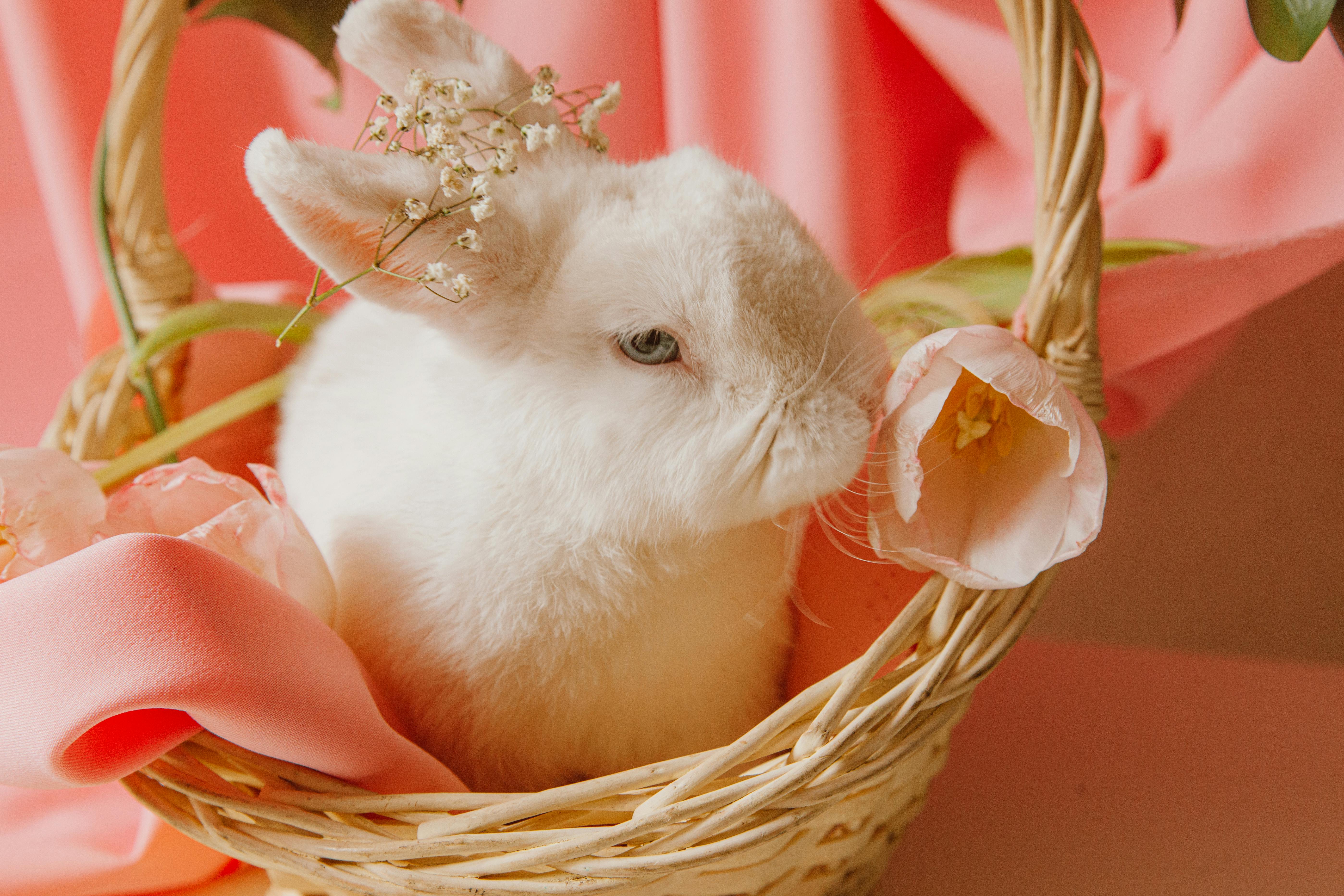
Essential Overview of Blue Dwarf Gourami
The Blue Dwarf Gourami, known scientifically as Trichopodus lalius, is a favorite among aquarium enthusiasts, particularly for freshwater setups. Its stunning blue color and peaceful demeanor make it an excellent choice for community tanks. As a tropical fish species, the Blue Dwarf Gourami thrives in warm, well-maintained aquariums, contributing not just aesthetic appeal but also a dynamic and harmonious environment. Understanding the essential aspects of blue dwarf gourami care is vital for keeping them healthy and happy.
In this guide, we will delve into several aspects of dwarf gourami care, including their habitat needs, feeding habits, tank requirements, and breeding techniques, ensuring that you provide the best environment for these delightful fish in your home aquarium. Throughout the article, we will also explore their behavior, tank mates compatibility, and how to maintain optimal water conditions for their health.
Ultimately, this guide aims to equip you with the knowledge to successfully manage and care for blue dwarf gourami in your freshwater aquarium, enhancing your experience and ensuring the longevity of your aquatic companions.
Key Takeaways: A well-set aquarium tailored to the needs of dwarf gourami not only supports their health but also enriches your aquarium with color and personality.
Setting Up the Ideal Habitat for Dwarf Gourami
Building on the fundamentals of fish care, setting up a proper habitat is crucial for the well-being of your dwarf gourami. An ideal aquarium setup for these fish is not just about aesthetics; it significantly influences their behavior and health. The right conditions can help your blue dwarf gourami thrive, socializing harmoniously with other peaceful fish species.
Essential Tank Requirements
When preparing your aquarium, consider the size and environment that will best suit dwarf gourami. An aquarium of at least 10 gallons is recommended to provide enough space for swimming and exploration. Dwarf gourami can grow to about 3-4 inches in length, so ensuring adequate swimming space is essential. Additionally, a well-planted aquarium featuring gentle decorations can mimic their natural habitat, promoting security and reducing stress.
Optimal Water Conditions for Gourami
Understanding dwarf gourami water parameters is vital for their health. These fish prefer a slightly acidic to neutral pH, ideally between 6.0 and 7.0, and a water temperature of 75°F to 82°F. Regular testing of your aquarium water’s hardness and quality will help maintain these conditions, ensuring that your dwarf gourami remain healthy and vibrant. Make sure to monitor ammonia and nitrite levels, as these can affect your fish's well-being.
Creating a Natural Swimming Environment
To make your aquarium more inviting for blue dwarf gourami, incorporating live plants can provide natural hiding spots and mimic their native habitats. They flourish in slightly dim environments, so consider placing floating plants to diffuse light and create a cozy, shaded area. Additionally, using soft substrates can aid in establishing a nurturing home for these delicate fish while allowing them to forage naturally.

Combining these elements not only supports the behavioral growth of dwarf gourami but also enhances the beauty of your aquarium setup. With these habitat essentials established, we can explore the feeding strategies that will keep your fish nourished and thriving.
Feeding Habits of Dwarf Gourami
Having established a positive living environment, focusing on the dwarf gourami's diet is paramount. Their feeding habits are essential for achieving a healthy and balanced lifestyle. Regularly adhering to a proper feeding schedule can dramatically influence their growth and overall health.
Understanding Gourami Fish Diet
Dwarf gourami are omnivores, meaning their diet should consist of both plant and animal matter. High-quality flake food or pellets designed specifically for tropical fish works well as a staple. Supplementing their diet with freeze-dried foods, such as bloodworms and brine shrimp, can enhance their color while offering necessary protein. Knowing the unique dietary preferences of your dwarf gourami ensures you provide balanced nutrition.
Feeding Schedule and Quantity
A typical feeding schedule for dwarf gourami should involve feeding them 2-3 times per day. It's important to only provide what they can consume within a few minutes to avoid overfeeding, which is a common issue that can lead to health problems. Maintaining regular feeding intervals helps promote proper digestive health and keeps your aquarium clean.
Avoiding Common Feeding Mistakes
One significant mistake aquarists often make is overfeeding, leading to poor water quality and fish stress. Identifying signs of healthy dwarf gourami includes observing their active behavior and clear, vibrant colors. Additionally, avoid offering only one type of food—which can lead to nutritional deficiencies. Diversifying their dietary intake is crucial to promoting long-term health.
With a proper diet established, we will now transition to examining the social behavior and tank mates compatible with dwarf gourami.
Understanding Dwarf Gourami Behavior and Compatibility
Taking this concept further, dwarf gourami social interaction plays a crucial role in how well they adapt within a community tank. Their peaceful nature allows them to thrive alongside numerous freshwater fish types. Understanding their behavior will help in selecting compatible tank mates and creating a balanced ecosystem.
Dwarf Gourami Social Behavior
Dwarf gourami exhibit calm and gentle behavior, making them ideal additions to a peaceful aquarium fish community. They communicate with each other primarily through body language, using subtle movements and color changes as signals. Being aware of their social dynamics can help prevent conflicts with other tank mates. Providing plenty of hiding spots ensures they do not feel threatened, further enhancing their confidence.
Identifying Compatible Tank Mates
When selecting tank mates for dwarf gourami, look for other peaceful fish that share similar water conditions and dietary needs. Serpae tetras, neon tetras, and small catfish species like Corydoras are excellent companions, as they will not provoke aggression. Avoid pairing them with more aggressive species, such as bettas, as tensions can lead to stress and possible injury.
Behavioral Indicators of Stress
Understanding the signs of stress in dwarf gourami can help you maintain a harmonious aquatic environment. Indicators include hiding excessively, loss of color, or lethargy. Managing their habitat and providing ample resources will minimize stress and cultivate a thriving community. Regular interaction with their environment can help encourage healthy social behavior, leading to longer lifespans.

As we examine their social behavior, the focus shifts to the essential topic of breeding dwarf gourami, further enhancing your aquarium experience.
Breeding Techniques for Dwarf Gourami
Having established the peaceful character of dwarf gourami, exploring breeding techniques can provide enthusiasts with a rewarding experience. Breeding these beautiful fish can contribute to a better understanding of their life cycle and behavioral dynamics. This section will cover the necessary conditions and techniques to successfully breed dwarf gourami.
Breeding Conditions for Successful Hatching
To breed dwarf gourami successfully, specific environmental conditions are critical. Setting up a breeding aquarium with a separate space of at least 10-20 gallons is advisable to encourage mating. Including floating plants in the breeding tank allows males to build bubble nests, an essential part of their mating ritual. Maintaining optimal water conditions, similar to those needed for health, is essential for breeding success.
Dwarf Gourami Mating Rituals
During the mating process, males will display their vibrant blue coloration, swimming gracefully around females. A successful pairing will typically result in the female laying eggs, which the male will protect in the bubble nest until hatching occurs. Observing this behavior provides insight into the fascinating breeding rituals of dwarf gourami fish. Following the mating cycle closely can lead to an exciting journey of raising fry.
Caring for Fry After Hatching
Once the eggs hatch, it is essential to separate the fry from their parents to prevent them from being eaten. Opt for infusoria or specialized fry food as the initial diet for successful growth. Monitoring the water parameters and ensuring clarity in the breeding tank promotes health as the fry mature into juvenile fish. Establishing a structured feeding schedule and maintaining regular water changes will aid in developing healthy young dwarf gourami.
Armed with knowledge about breeding dwarf gourami and their care, let's address some frequently asked questions to ensure comprehensive understanding and better care practices.
Frequently Asked Questions about Dwarf Gourami Care
What is the lifespan of a dwarf gourami?
On average, dwarf gourami have a lifespan of around 4 to 5 years, with proper care, optimal water conditions, and a balanced diet contributing to longevity.
How can I tell the difference between male and female dwarf gourami?
Males are typically more colorful and have longer fins compared to females, who tend to be duller and more stout. Observing these characteristics can help you identify their genders easily.
What are common diseases affecting dwarf gourami?
Dwarf gourami diseases can include mouth rot and ich, which can affect their health if water quality declines. Regular monitoring is crucial for early diagnosis and intervention.
Maintaining healthy blue dwarf gourami involves understanding their behavior, ensuring proper habitat setup, and being vigilant about water conditions. Applying these principles guarantees a thriving aquarium and enjoyable experiences with your aquatic pets.